By William E. Welsh
To the rebel pickets manning the trenches in the so-called Mule Shoe of the Confederate earthworks at the Battle of Spotsylvania Courthouse the sound of hundreds of tramping feet could be heard above the steady rain on the morning of May 12, 1864. The heavy rumble meant either that the Federals were moving around Lee’s flank once again to fight somewhere else, or that they were positioning forces for a major assault.
Brig. Gen. George “Maryland” Steuart believed the Federals were massing for another assault similar to the one at dusk on May 10. He sent a request to his division commander, Maj. Gen. Edward Johnson, asking for the return of his artillery support, which had been withdrawn from the front lines for fear it would be captured. The request went up the chain of command. Lt. Gen. Richard Ewell granted permission, and 22 limbered guns began returning just before dawn.
Yankees Attack with Fixed Bayonets in Fog and Rain
Steuart and other officers ordered their men, who had been catching what sleep they could in the trenches, to check their rifles in expectation of renewed fighting. A pasty fog hung low on the flat fields. Suddenly, long lines of Yankees ran with fixed bayonets toward the bulge in Lee’s line shouting, “Huzzah! Huzzah!”
The men in the front ranks of the Union attack swept over the Confederate breastworks. Their momentum carried them deep into the Mule Shoe. Most of the units in Maj. Gen. Winfield Hancock’s II Corps participated in the attack made in a heavy rain. Soldiers on both sides fought with bayonets, clubbed rifles, and fists in the gooey mud inside the Confederate works. When it was all over, half of Johnson’s 5,000-man division had been killed, wounded, or captured. Among those captured were Johnson and Steuart. It was a dark day for Lee’s army.
Lee’s Army Takes the Offensive in the Battle of the Wilderness
The battlefields of Wilderness and Spotsylvania, which preserve the two opening clashes of Union Lt. Gen. Ulysses S. Grant’s Overland Campaign, are part of the expansive Fredericksburg and Spotsylvania County Battlefields Memorial National Park in north-central Virginia.
Although neither has a visitor center, they both have exhibit shelters and are supported by the nearby Chancellorsville and Fredericksburg visitor centers.
The Wilderness battlefield is unique from a strategic perspective in that Grant did not intend to fight in the deep woods west of Fredericksburg but was forced to when Lee moved quickly to strike his southward marching columns.
The exhibit shelter on Route 20 (the historic Orange Turnpike) is a good place to start a tour. Just east of the shelter an-eight stop driving tour begins at the site of Grant’s headquarters on a hillock near a historic home known as Ellwood that is open in the warm months of the year.
Some of the heaviest fighting in the Wilderness occurred along the parallel Orange Turnpike and Orange Plank Road that Lee’s army used to march into battle. Must-see sites on the tour are Saunders Field (Stop 2) where Ewell’s corps battled Maj. Gen. Gouverneur K. Warren’s V Corps, and the Tapp Field (Stop 6) where Lt. Gen. James Longstreet’s flank attack was jeopardized when Longstreet was severely wounded by friendly fire (Stop 7).
Because of their close proximity, it is possible to make quick tours of both battlefields in one day. Take State Route 613 south to get to the Spotsylvania battlefield exhibit shelter. Spotsylvania also features an eight-stop driving tour that includes the site of Union Colonel Emory Upton’s attack on the Mule Shoe on May 10 and the so-called Bloody Angle where Hancock’s bluecoats fought Ewell’s graybacks at the tip of the Mule Shoe on May 12. These two key sites are stops 2 and 3, respectively, on the auto tour.
Oak Tree Felled by Small Arms Fire
The fierceness of the fighting is exhibited by a sign marking the site of a 22-inch oak tree that was felled entirely by small arms fire during the fighting at the Bloody Angle. Grant visited the blood-soaked ground at the Bloody Angle after the Confederates had withdrawn and found evidence of the terrible carnage of the battlefield in bodies piled atop each other in the trenches. Sadly, there would be many more similar aftermaths as the Overland Campaign continued and the two armies bled heavily at the North Anna River, Cold Harbor, and Petersburg.
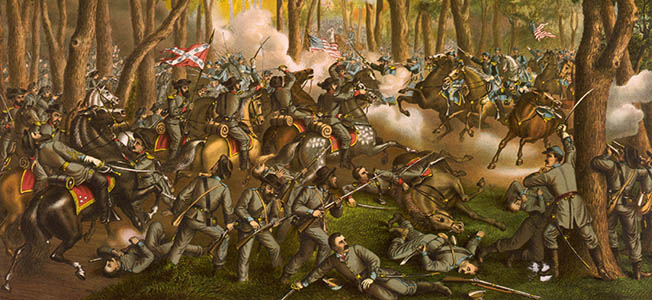
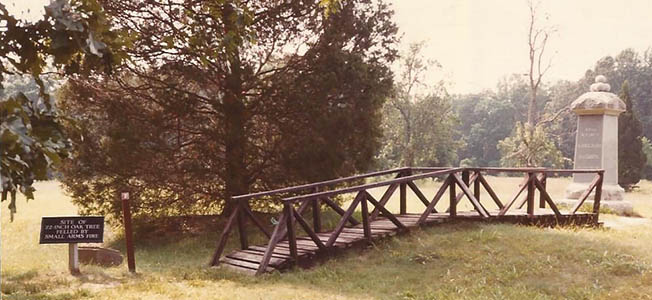
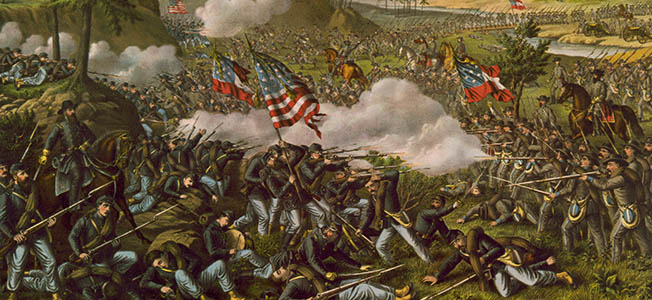

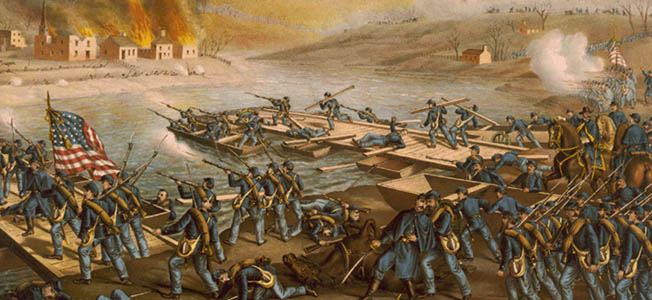
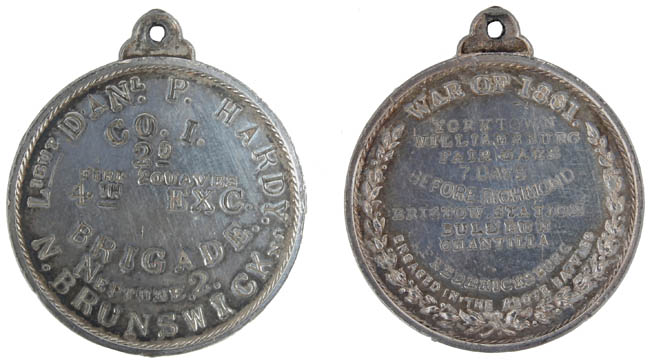
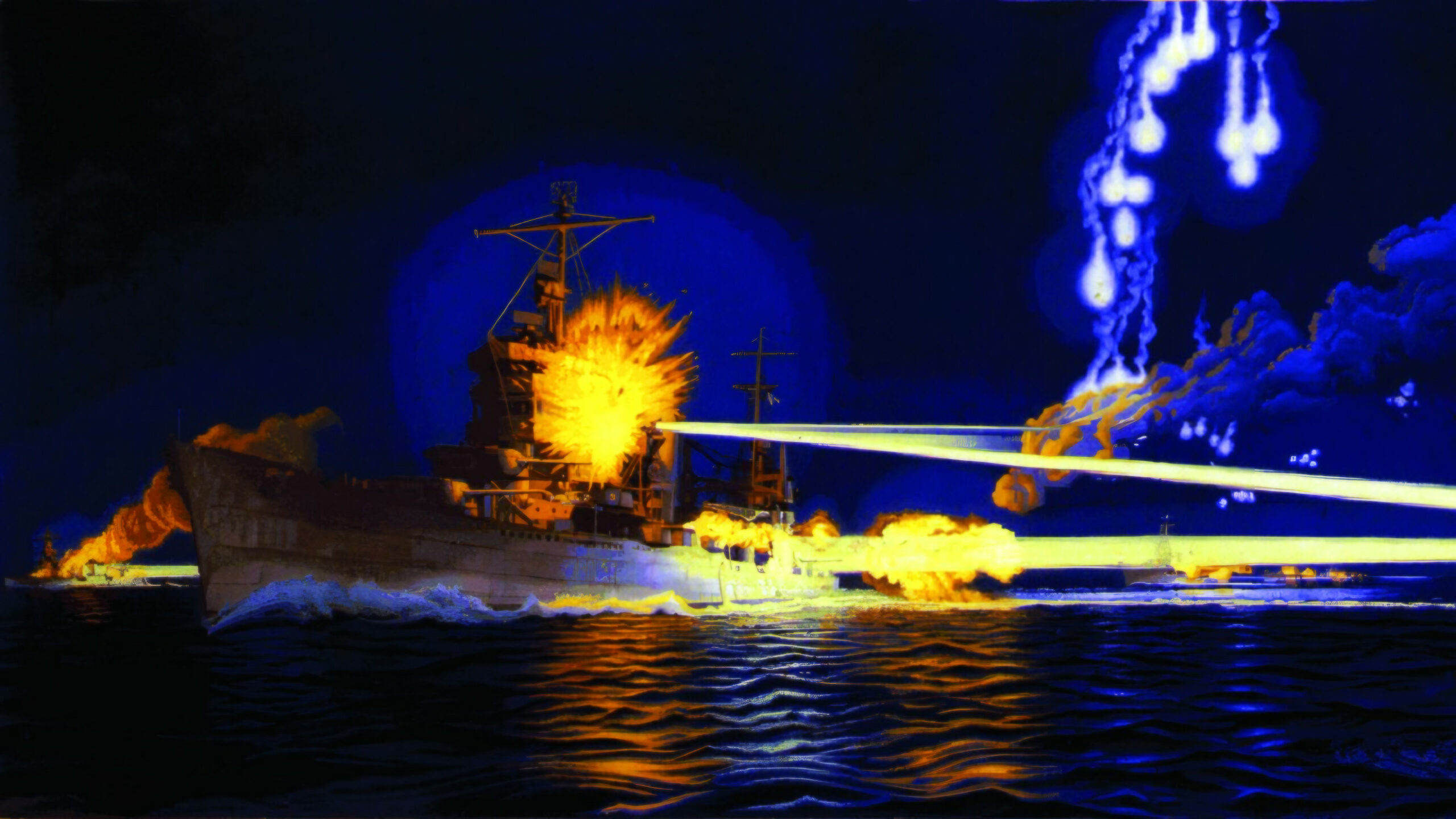
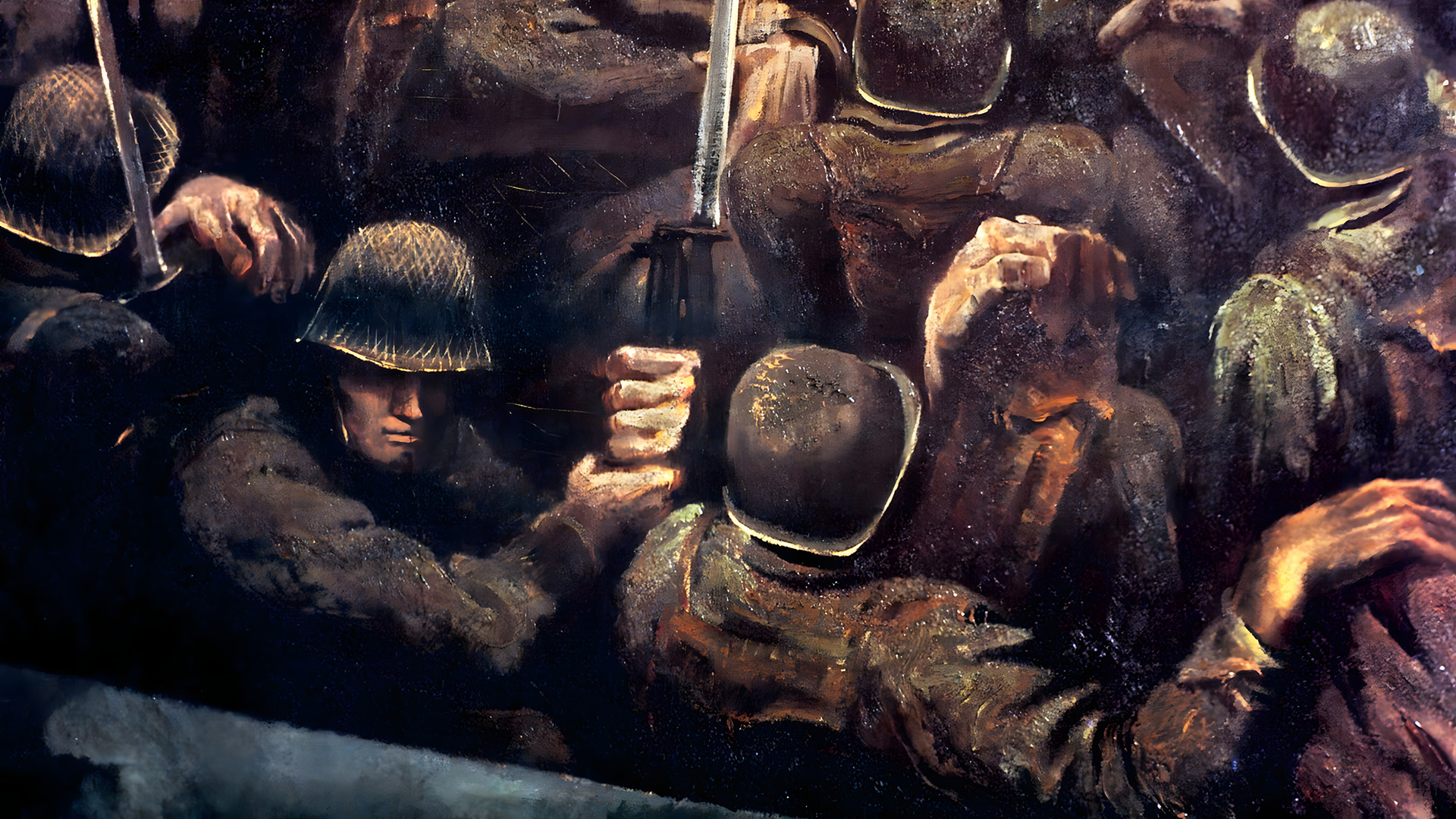
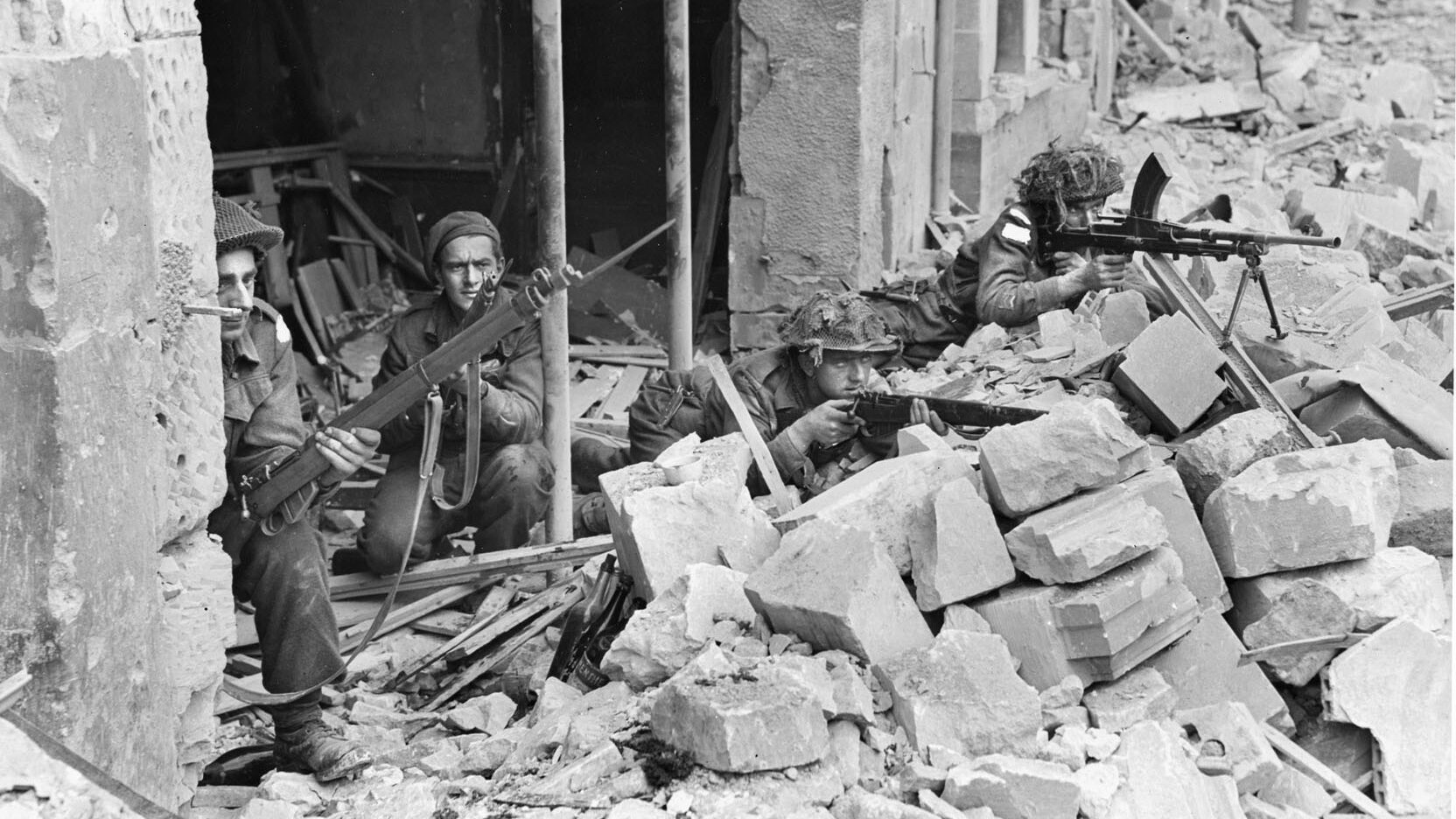
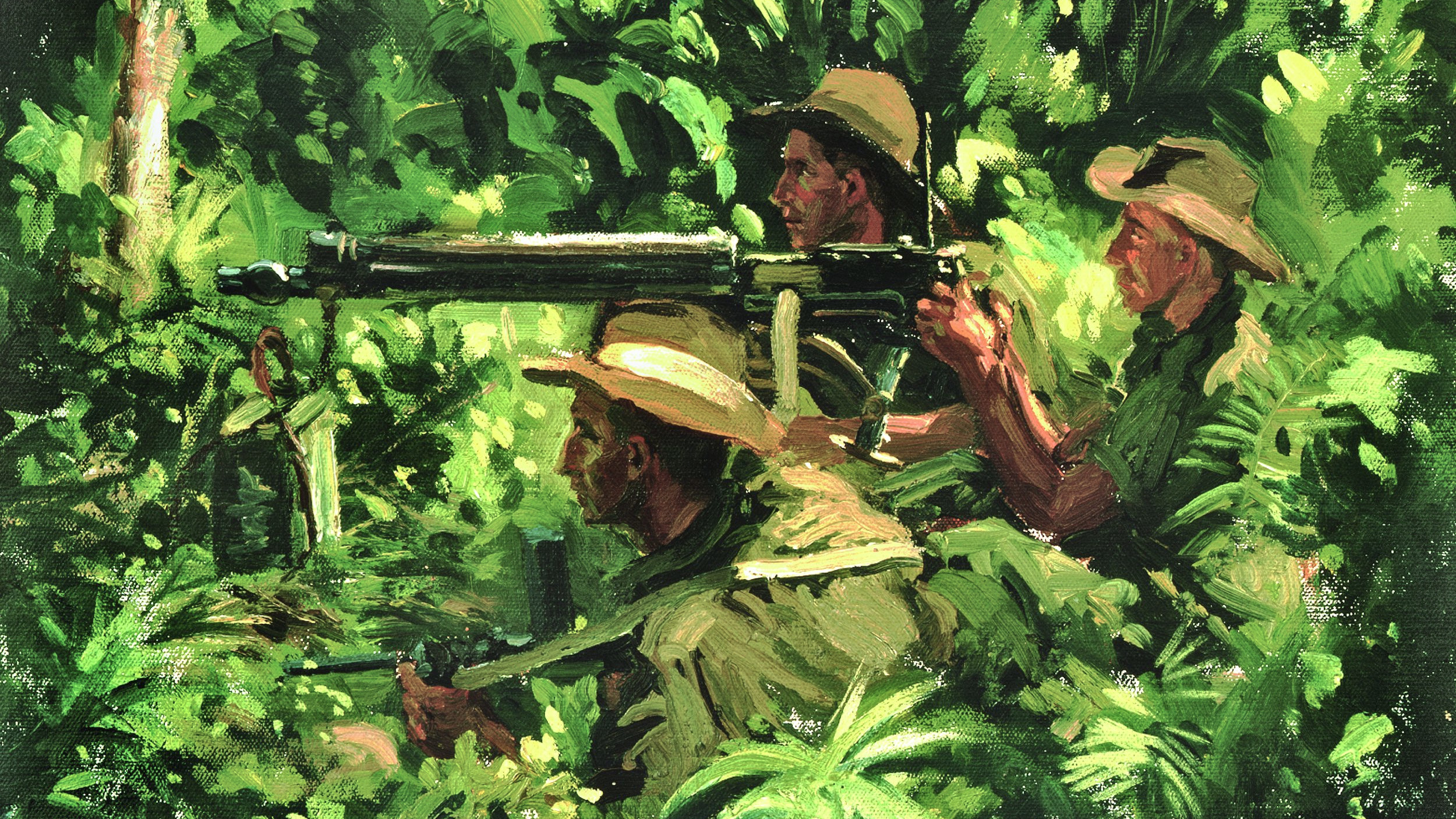
Join The Conversation
Comments
View All Comments